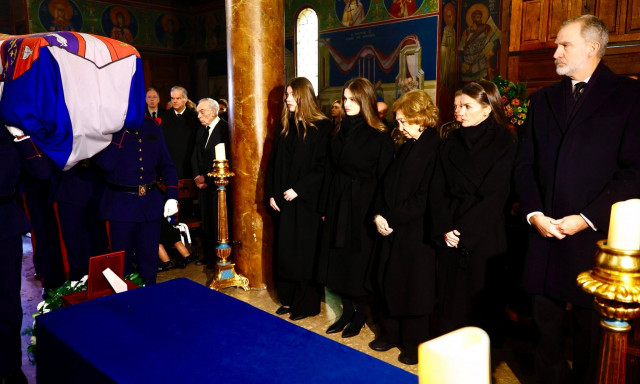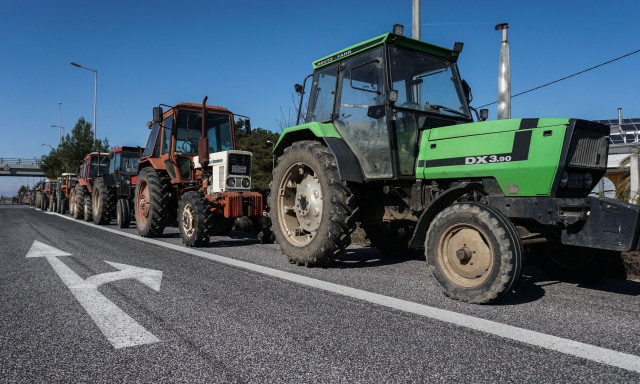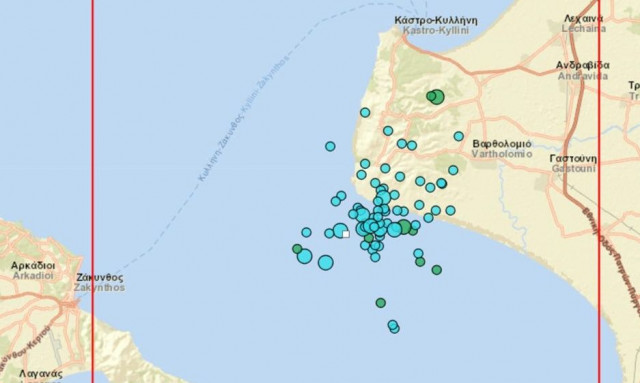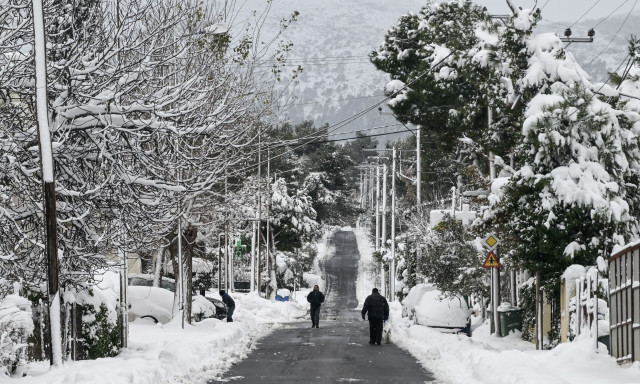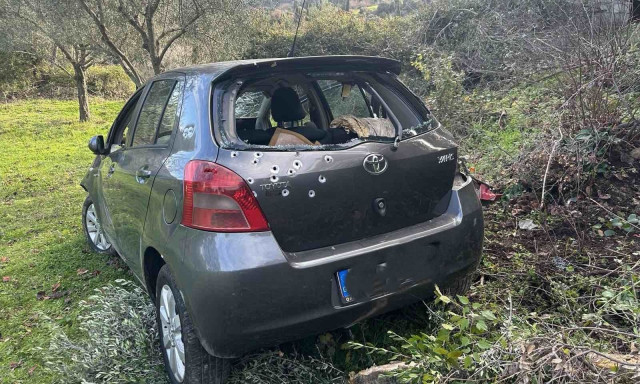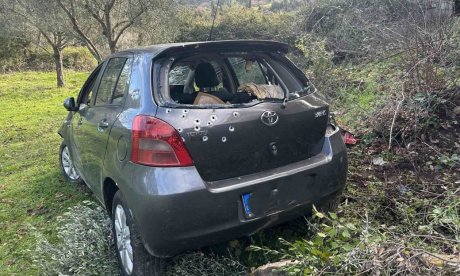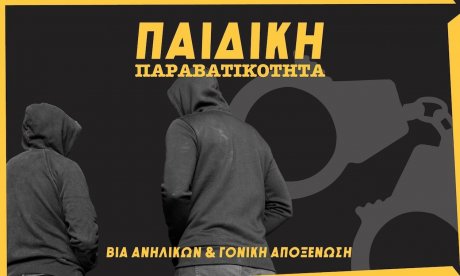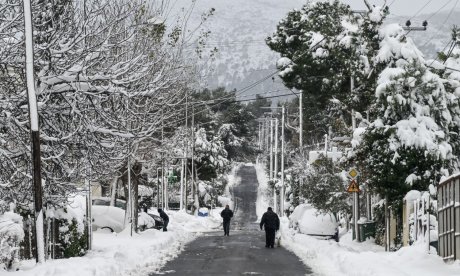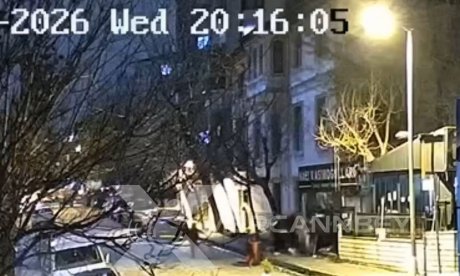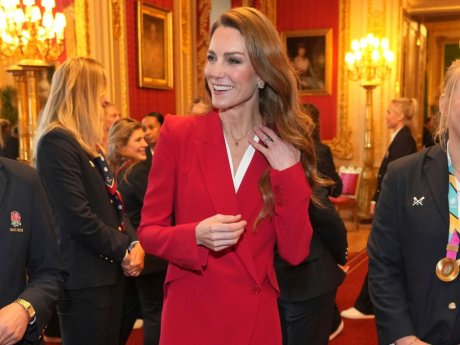Amphipolis: The revelations and the secrets of the Caryatids
It is a matter of days for the archaeologists to enter in the "heart" of the monument - The revelations and the secrets of the Caryatids
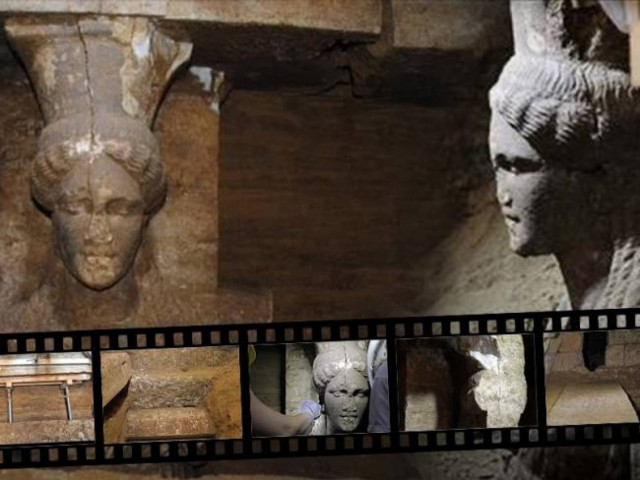
Two powerful, beautiful Caryatids keep closely guarded the secret of the tomb and secure the undisturbed eternal sleep of the dead on the Casta hill of Amphipolis.
As revealed by archaeologists, the Caryatids were not placed solely as decoration, but also to prevent the entrance of robbers. Both caryatids have one hand outstretched, as if to symbolically stop anyone attempting to enter the tomb.
With these findings the archaeologists are one step before the big secret and the "heart" of the ancient tomb, which has sparked worldwide interest.
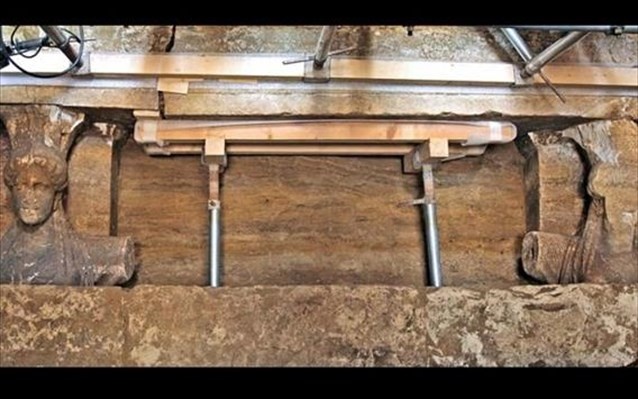
The two Caryatids were made by Thasos marble, with exceptional artistry, and according to specialists, this discovery is of enormous importance, as it points out that the person buried in the grave is probably someone high up in the Macedonian hierarchy, and that Amphipolis was an important city for Macedonians.
Experts point out that the Caryatids may symbolize a unity statement of Greek space and a declaration of protection of the monument, as in the Erechtheion.
The importance of the discovery is huge. It is not excluded that the findings will change what was known so far on the history of Macedonia. The fact is that apart from Vergina in Macedonia, Amphipolis was a great city for Macedonians.

The discovery
As officially announced by the Ministry of Culture, with the removal of the sandy soil, in the area in front of the second intermediate wall, beneath the marble architrave, between the marble pilasters, were discovered two extraordinary caryatids. They are made by Thassian marble inherent in the pillars, sized 0,20m x 0,60 m.
The face of the western Caryatid is almost intact, while the face of the eastern is missing. The caryatids have rich curls that cover their shoulders and wear sleeved tunic. The right hand of the one and the left hand of the other are outstretched, so to symbolically prevent those who would attempt the entrance to the tomb.
The technique used is the same as the two sphinxes already found during the excavations. Traces of red and blue color were found on the figures, referring to Kore female statues.
Among the sandy soils, the archaeologists found fragments of the sculptures, such as palm part and smaller fragments of their fingers. The structure of the second entrance with the Caryatids is an important finding, which supports the view that it is a prominent monument of great importance.
In front of the caryatids was revealed another sealing wall made of limestone, 4.5 meters wide. This second wall is following the same technique as the wall in front of the tomb's entrance. It is a further attempt of the manufacturers to prevent the entrance into the monument.
Still, however, it remains unknown whether the tomb is looted and from whom.
Mendoni: We are close to another entrance to the Tomb of Amphipolis
The Secretary General of the Ministry of Culture (and also archaeologist) Lina Mendoni, stated in the TV station SKAI that the archeologists are near to another entrance to the tomb in Casta hill.
"There is another wall, the third, which has a hole as the previous, but the access to it is more difficult ... In any case there will be another entry if this entry has no door or if the door is typical; is too early to say anything", she said.
"This is an extremely important and outstanding monument and the new findings reinforce this view" said Mrs. Mendoni, stressing that the Caryatids were made by the same technique with sphinxes, especially with the heads and wings of sphinxes.
"Every excavation is magic, each new finding, even small and insignificant to the world, creates feelings of emotion and pleasure. Beyond that, the archaeologist must be calm and use more of his thought and less of his emotion", said in a more personal tone, Mrs. Mendoni speaking in her capacity as an archaeologist.
Watch the video of ANT1 TV
